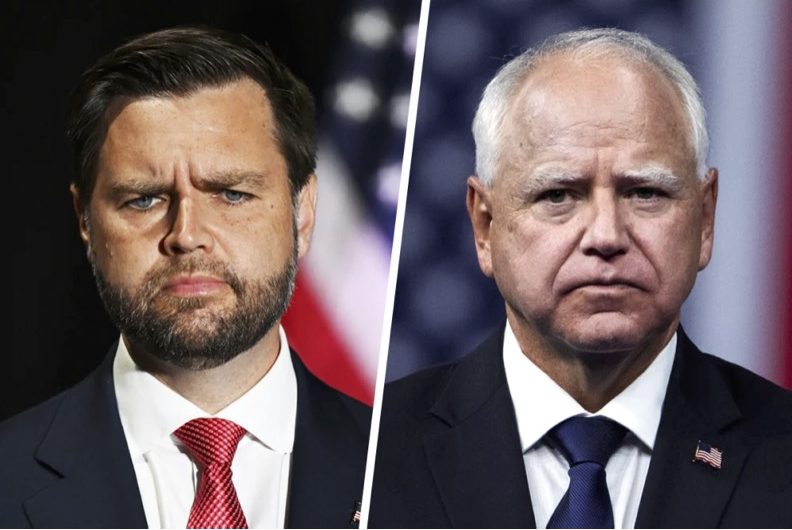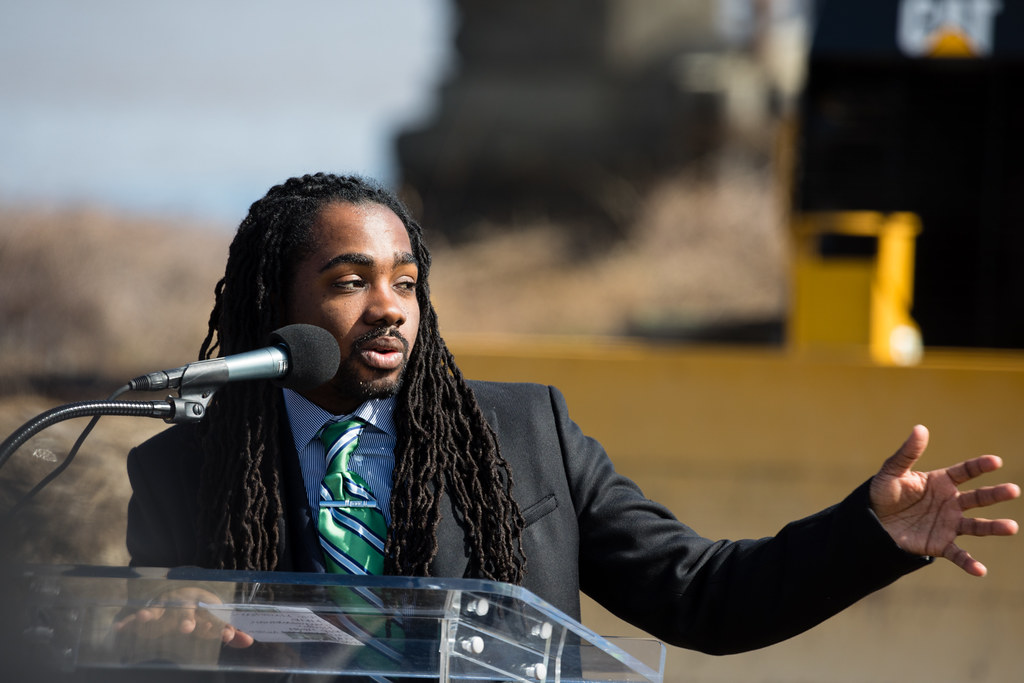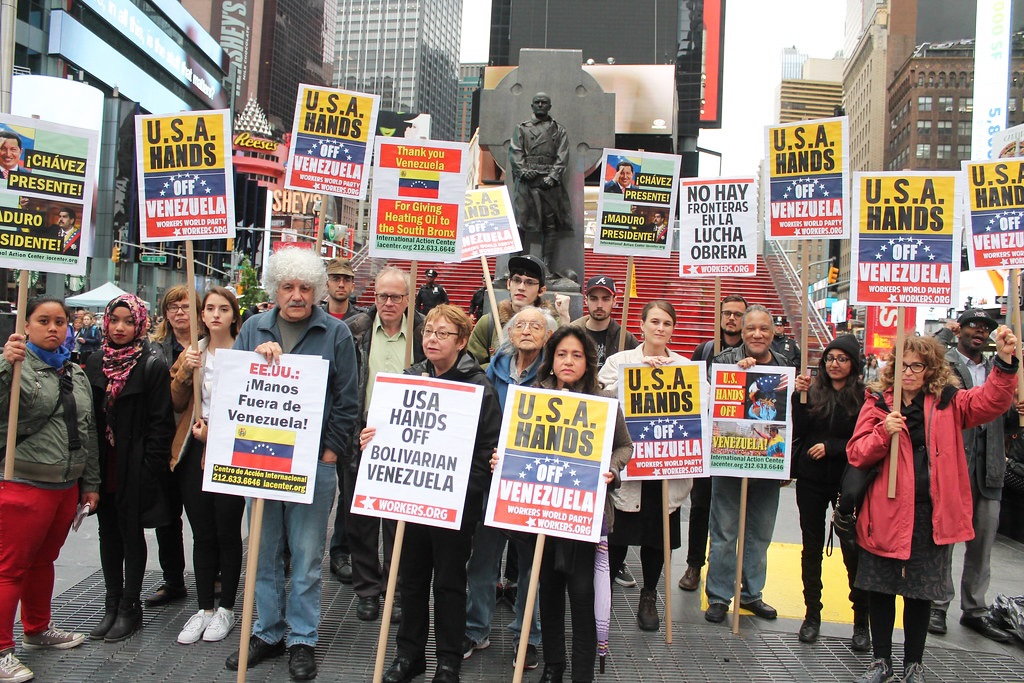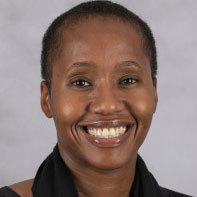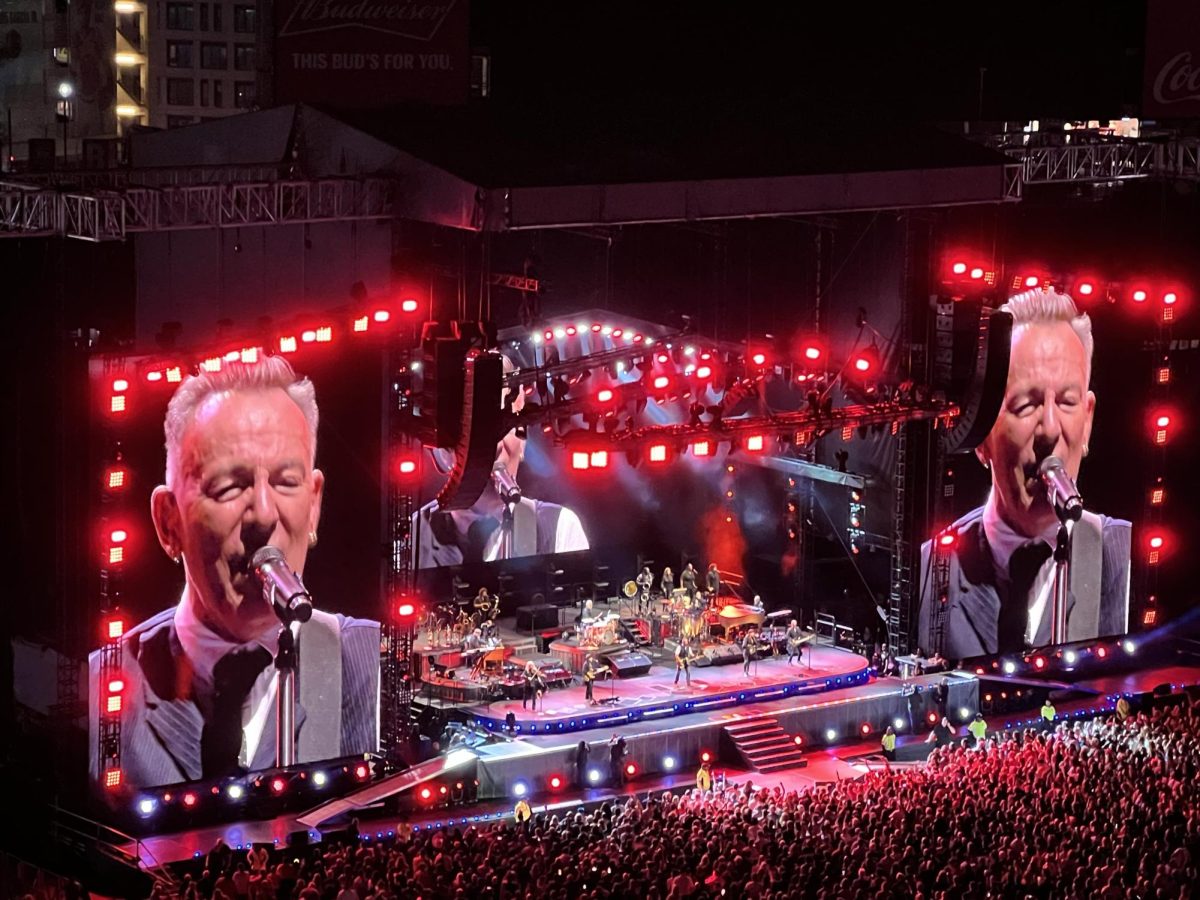Following the recent vice-presidential debate, a clear contrast emerged between Minnesota Governor Tim Walz and Ohio Senator J.D. Vance. Their performances highlighted not only their political beliefs but also their potential to help lead the country. Analyzing their presentations, it is apparent that Vance stood out as the more effective candidate, showcasing strong rhetorical skills and a commanding presence despite his tendency to make exaggerated claims.
From the beginning, Vance maintained a calm demeanor throughout the debate. His ability to articulate policy positions and respond to direct questions reflected his quick thinking and solid grasp of critical issues such as immigration and the economy. For example, Vance stated, “We have a historic immigration crisis because Kamala Harris started and said that she wanted to undo all of Donald Trump’s border policies.” This assertion reinforced the notion that former President Trump successfully approached immigration, while Harris’ strategies were viewed as detrimental to national security.
In contrast, Tim Walz occasionally appeared flustered and forgetful. While he spoke with authority and connected with the audience, he often seemed defensive. Moments of confusion about his own history, particularly regarding his claims about being in Hong Kong during the Tiananmen Square protests in June 1989, undermined his credibility and raised questions about his attention to detail.
When evaluating vice-presidential candidates, leadership potential is crucial. Vance’s steady demeanor and clear communication suggested he is ready for greater responsibility. He effectively presented a vision of sensible governance that resonated with many Americans. In comparison, Walz appeared more aligned with his presidential candidate than as an independent leader, which may have influenced undecided voters to lean toward Vance.
However, Vance’s impressive speaking skills are tempered by concerns about his integrity in political discourse. For instance, his claim that Donald Trump “saved” the Affordable Care Act is misleading; Trump actively sought to dismantle it but was thwarted by Congress. Such distortions raise alarms about prioritizing political tactics over truthfulness. The suggestion that the Trump administration effectively handled healthcare issues contradicts historical facts and reflects a broader pattern of presenting “alternative truths.” Even when faced with counter-evidence, Vance continues disseminating misinformation, which may win votes but undermines honest democratic dialogue.
By the end of the debate, Vance was ahead regarding policy articulation and confident delivery. However, Walz’s critical question to Vance about whether he believed Trump lost the 2020 election proved significant. Vance’s refusal to address this pivotal question indicated a troubling avoidance of accountability — something voters should find concerning. Walz’s bold inquiry — “Did he [Trump] lose the 2020 election?” — touched on essential democratic principles that Vance did not adequately confront. While both candidates articulated their visions for America, Vance’s confidence and knowledge positioned him favorably in this debate.
Nevertheless, his reliance on fabrications cannot be ignored; voters must stay alert to the erosion of truth in political discussions. Walz came across as genuine but struggled to demonstrate strong leadership qualities amid moments of defensiveness and confusion. Ultimately, as voters consider their choices for leadership, they must reflect on both policy substance and the integrity of those who advocate for them. The stakes are high; as they head to the polls, voters must uphold American democracy by supporting leaders who genuinely value it.











